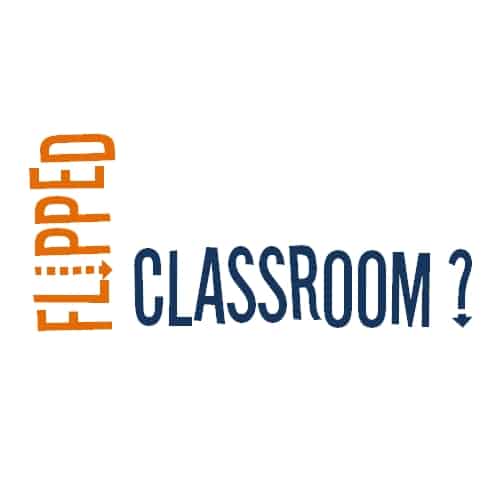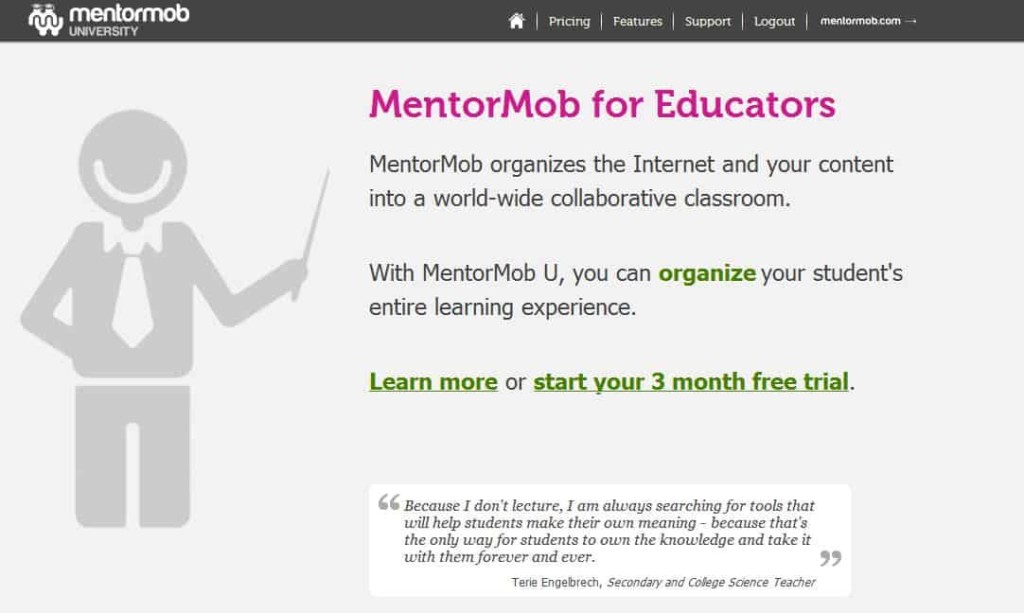Is the Flipped Classroom the Right Tech Approach for Teachers?

By Charles Perry
“Flipping” a classroom refers to a reevaluation of a standard classroom environment where the teacher functions as a “sage on the stage” and the students as passive receptacles for knowledge. Teachers who flip their classrooms instead serve as a “guide on the side” who introduce new concepts either briefly at the beginning of class or as homework (what would constitute the “lecture” in a non-flipped classroom), and then encourage and proctor students as they use class time to work through the implications of new material together.
So why radically change how class time is used in school? Most teachers who give it a shot say it’s because a flipped classroom results in more engaged students collaborating together, which is, of course, much more enriching and similar to the working world than toiling away at home alone.
But this kind of huge change in the structure of a classroom can be confusing at first for students and teachers. Can students stay on task for all of the class period with such little structure? How can a teacher know if students are actually viewing lecture materials at home and then applying what they’ve learned in class? What will happen to the battle worn, yellowed notes that some teachers have used for years and years of lecturing?
These are problems the Flipped Conference, MentorMob, and other e-learning sites like Khan Academy and TED-Ed are working to solve with the thoughtful application of technology. Because though the first step toward revamping education in the U.S. and around the world is having good teachers, the second step is equipping those teachers with tools that help make learning fun and relevant.
MentorMob itself is an online learning platform that aims to harnesses the power of crowdsourcing in order to empower teachers and students with a tech tool that’s engaging and effective. Using MentorMob, educators can put together video, audio, and text based resources from all over the web with just a few clicks and present them to students as a “Learning Playlist” that’s easy to learn from and share.
In addition to MentorMob’s free public website, “MentorMob U” was just released, which is an affordable white-label service featuring usage analytics, privacy settings, assessment options, and differentiation tools designed for educators and institutions from K-12 to higher ed.
MentorMob also just hosted the opening reception for the 5th Annual Flipped Learning Conference, which brought together educators from all over the country focused on leveraging the power of technology to equip students with 21st century skills.
These are teachers like Aaron Sams, who thinks there’s still plenty of room within the flipped model for experimentation. “The most important thing is that the kids are learning. If they like the instructional videos for my chemistry class that I worked really hard on, great! If they’d rather just read the textbook during class, that’s fine too! I more or less put my kids in a room with a much of learning ingredients, shake it all up, and see what happens.”
This is a real world example of fitting the curriculum to the student rather than the student to the curriculum without watering down any students’ learning experience. And if we’re serious about reshaping the future of education, it’s the kind of bold choice educators and administrators all over the country should be making.

Charles Perry is the Marketing Coordinator and Bloggist at MentorMob.





Charles Perry (@CharlesUpTop)
You can find Charles on Twitter @CharlesUpTop